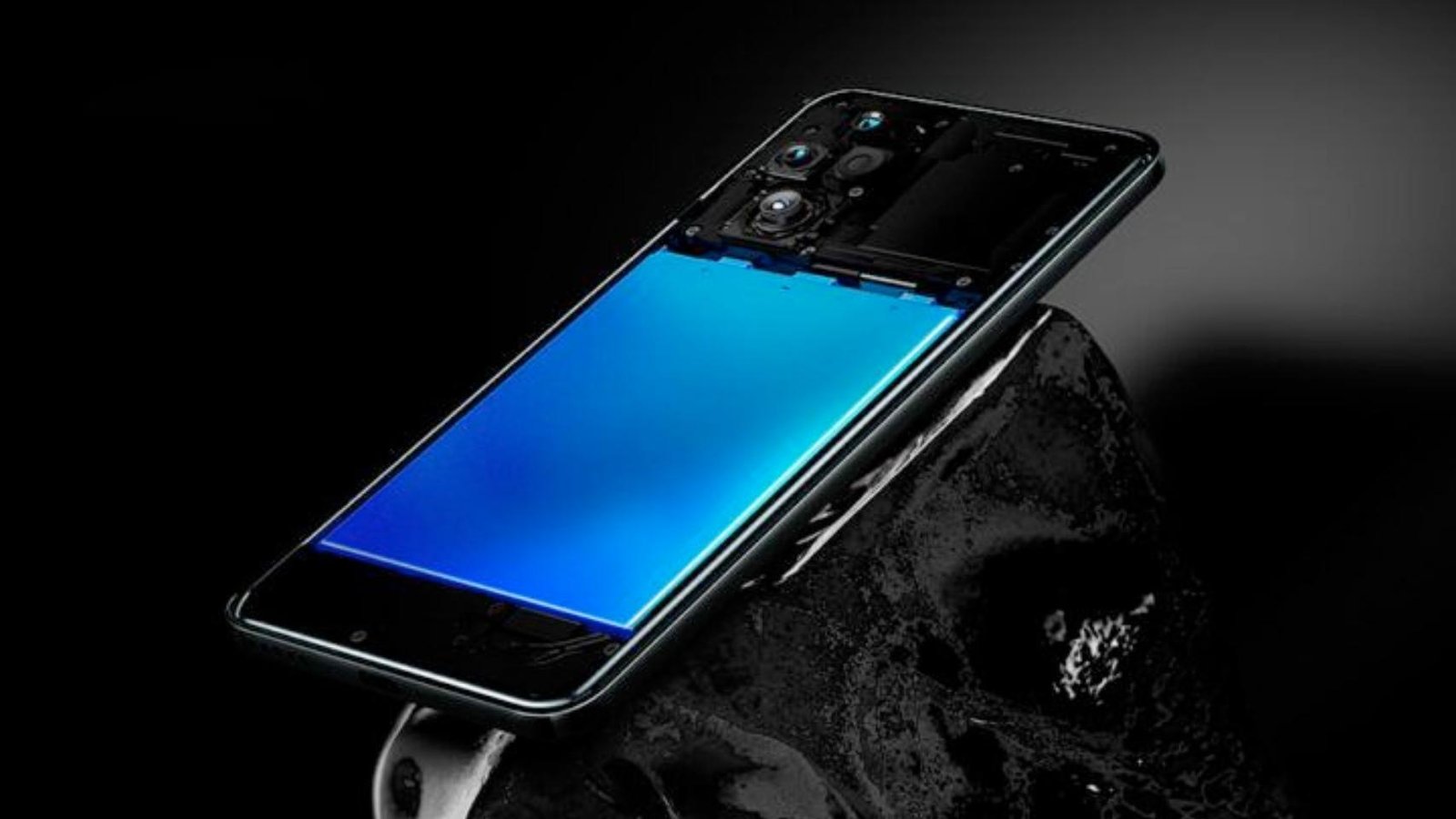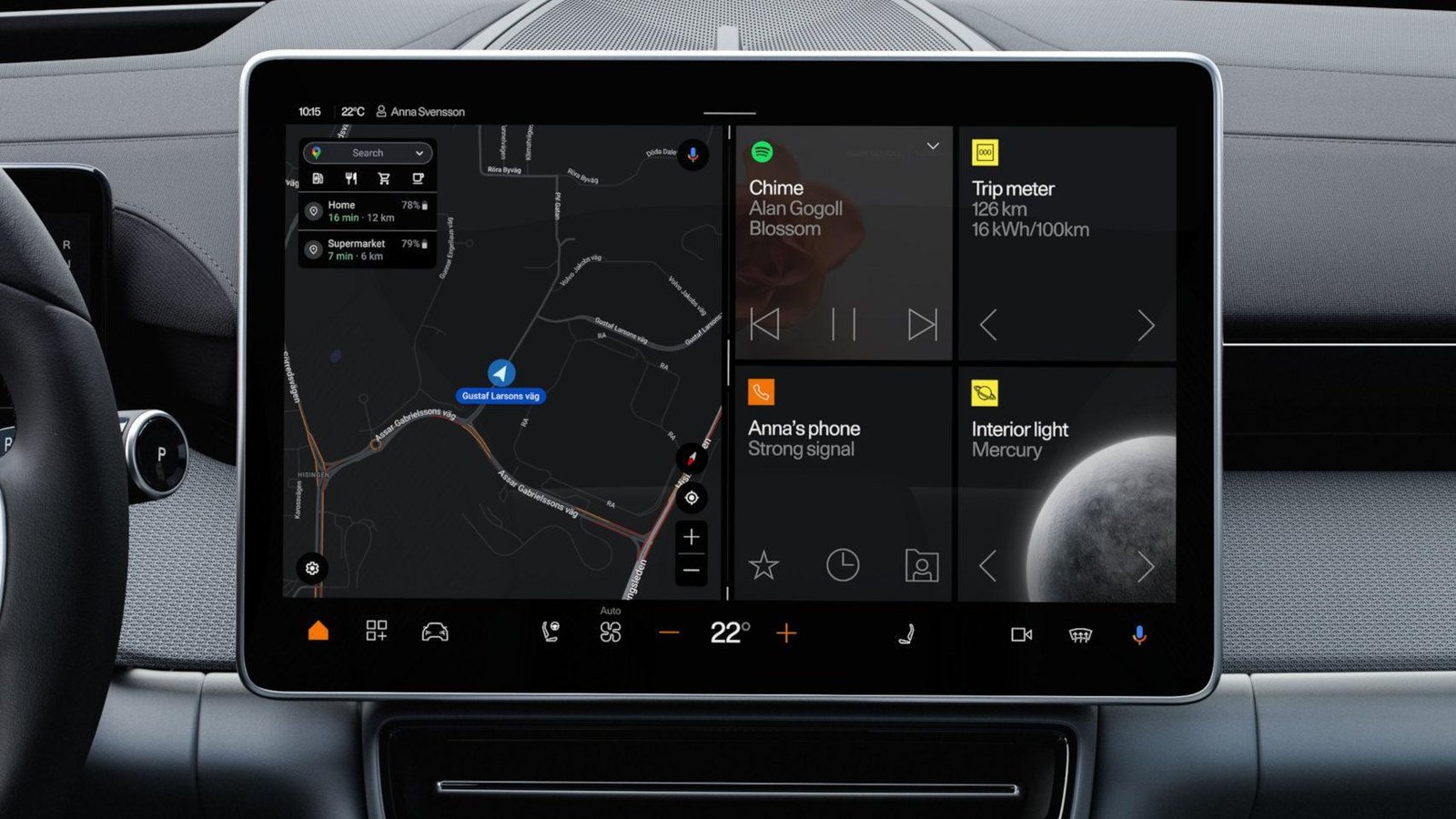Technology evolves. Fast. Although we can think that mobiles in Spain have been the same two decades, the reality is that We are seeing more or less important changes every few years. And we are currently at the doors of an important one with access to artificial intelligence, but also before a relevant related to battery hardware.
Ten years ago there was already talk of a new technology that began to be seen in the laboratories of Japanese companies such as Hitachi, that allowed to create batteries for more compact mobile devices and with greater energy density, which seemed like the quadrature of the circle. For this, it was used, in addition to the usual materials, silicon and carbon.
It has had to spend a decade to start seeing this type of technology being commonly implemented by some mobile manufacturers, especially the Chinese. Honor presented a mobile with this type of battery in 2023 and OnePlus is working on a compact terminal with this type of battery, Samsung seems to begin to implement them in their high range in 2026 and Xiaomi also points to this fashion.
What are Silicio Carbon batteries
The vast majority of current mobiles use lithium-ion batteries (LI-ion) or lithium polymer (Li-Po) batteries if they are more old. But this type of technology It begins to get into disuse at the rise of the new Silicio Carbon batteries.
The main difference with conventional lithium ion batteries is in the material used in the anode, which is the negative electrode. Instead of using a graphite anode, the new batteries use a mixture of silicon and carbon For this element, which gives it greater capacity. In fact, in theory silicon has a lithium -ion storage capacity up to 10 times greater than graphite.
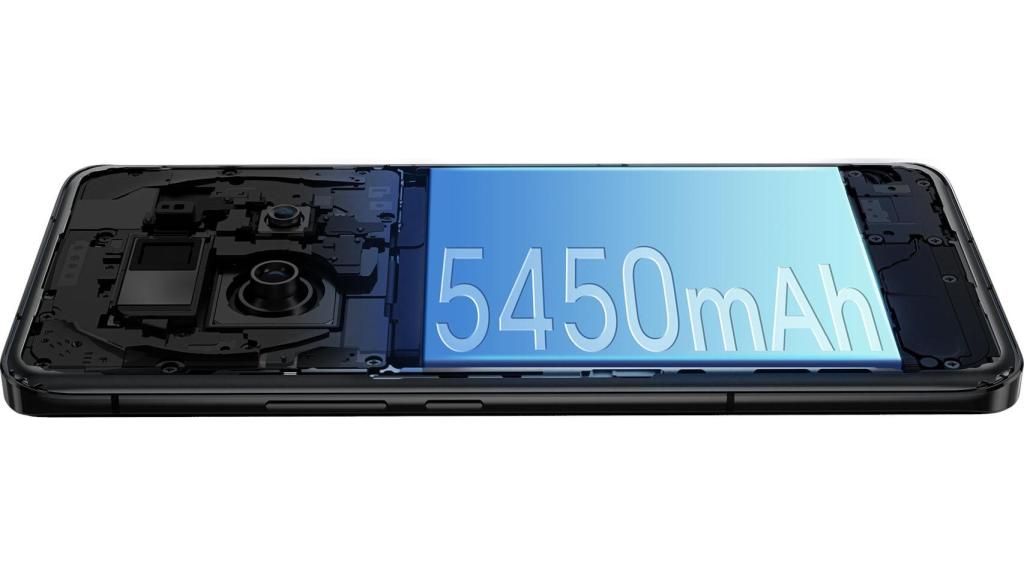
This honor mobile uses an innovative carbon silicon battery
That is to say, It is possible to make a battery with the same density as the old but with a smaller sizeor use The same size but put more storage capacity of electricity. Or choose to use both strategies at the same time, depending on what you want to prioritize when positioning a specific product in the market.
Carbon intervenes because pure silicon expands and contracts drastically during loading and unloading cycles and could cause the degradation of the anode material, shortening the life of the battery. Creating a material with silicon and carbon is able to contain the expansion of siliconforming a more stable structure. In addition, since carbon is a good electricity conductor, it does not give problems in the use of battery.
Three great advantages
As can be intuit, one of the main advantages of this type of batteries is that allow to increase energy storage densitybeing able to save more electricity, which would make us have to load our devices less times. This can be an advantage in mobile phones, but also in other devices such as smartphones.
They can also be used to maintain the autonomy of various devices, but using less spacewhich involves design possibilities not seen before. For example, the new fine mobiles that are expected for this year 2025 could be clearly benefiting from this type of technology. A clear sample of this is the Oppo Find N5 that we analyzed recently, which has a huge battery of 5,800 mAh despite having only just over 4 mm thick when it is deployed.
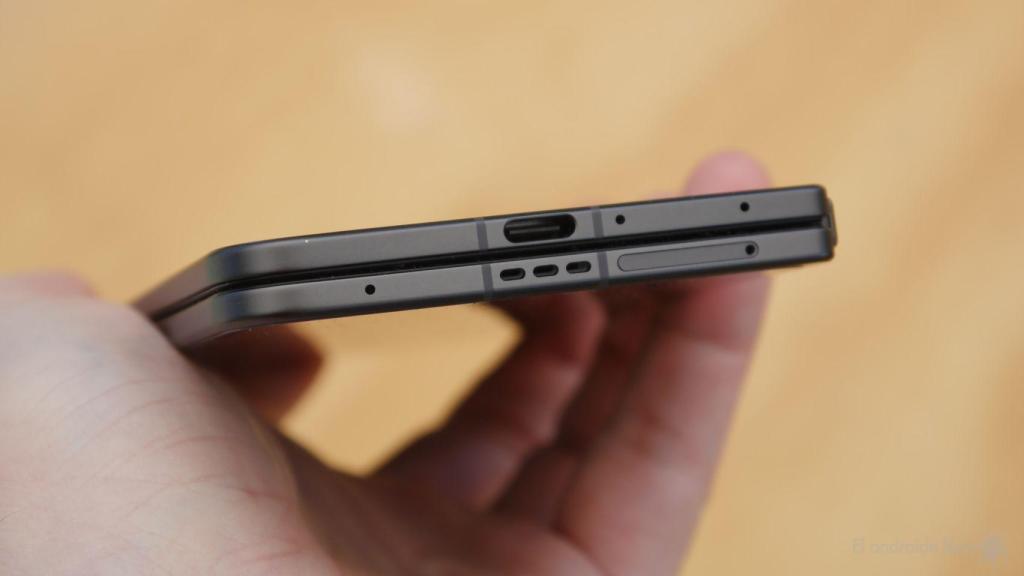
OPPO FIND N5
The free android
Another advantage is that, since silicon facilitates the absorption and release of lithium ions, you can get faster loading speeds. It is not clear that this harm the battery in the long term as happens with the current lithium. But it could be so, since some studies suggest better heat management compared to lithium -ion batteries.
There are also inconveniences
Like all technology, carbon silicon batteries also have inconveniences. There is still no long -term analysis that explain what the Silicon behavior in terms of expansion. It is clear that carbon controls the damage, but it is not known to what extent the durability of these batteries could be somewhat lower than that of the current ones.
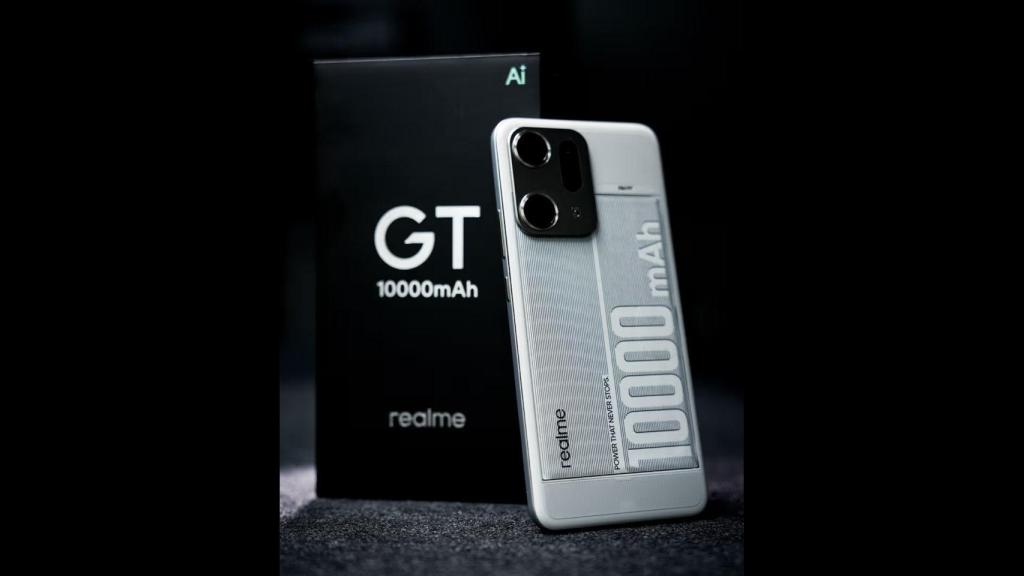
As expected, since it is a new technology, Silicon-carbon-carbon manufacturing can be more complex and expensive than that of graphite anodes. This also affects that the economy of scale has not yet reached this type of batteries, although it is something that will be corrected in the medium term if they are finally successful.
Present and future
Despite current limitations, The benefits of this type of batteries are greater than the risks. Many brands are betting on them because they allow to eliminate one of the problems of current mobiles: the poor battery life. And, although the devices have already been achieved for more than one day, if they want mobiles with two or three days of autonomy, we will have to bet on these batteries, and not to reduce the thickness.
However, that is also something important because Part of the failure of compact mobiles has been for their low autonomy. Now it is possible to create adjusted size that do not have bad autonomy, at least comparing them with the best -selling mobiles in recent years.
